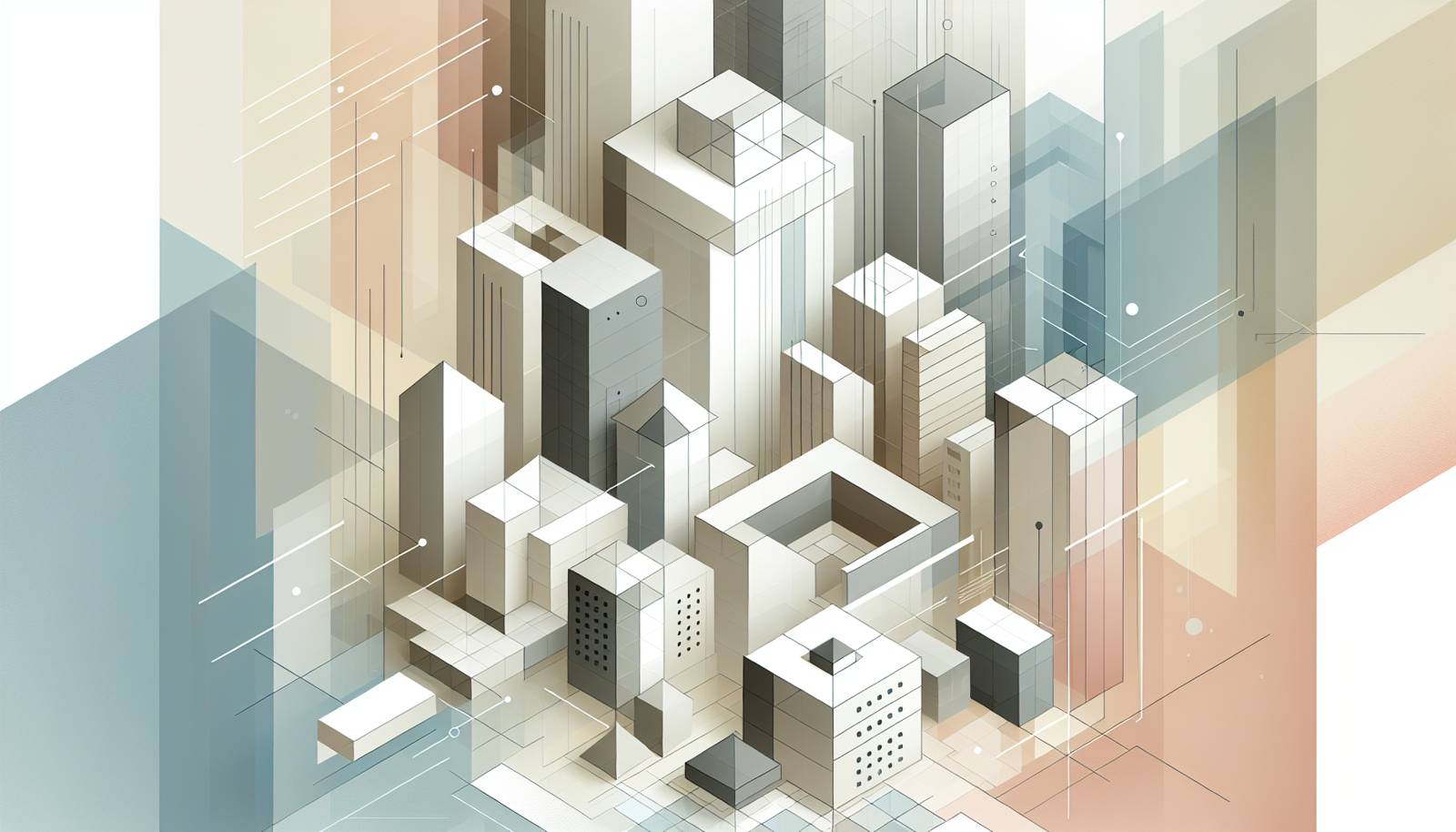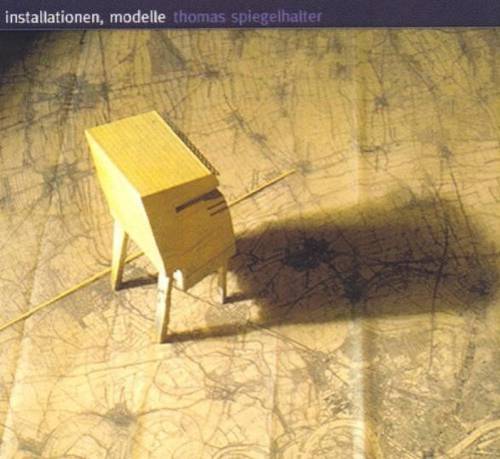
FAQ About The Role of Experimental Architecture in Urban Renewal

What is experimental architecture?
Experimental architecture refers to innovative and avant-garde architectural designs that explore new forms, materials, technologies, and ideas. It often challenges traditional architectural norms and seeks to find new solutions to architectural problems.

How does experimental architecture contribute to urban renewal?
Experimental architecture contributes to urban renewal by introducing innovative designs that can transform and revitalize underused or decaying urban areas. It often incorporates sustainable practices and contemporary aesthetics that attract people back to the city, promoting economic growth and cultural vitality.

Can you provide examples of experimental architecture in urban areas?
Notable examples of experimental architecture in urban areas include The High Line in New York City, which repurposed an abandoned railway into a vibrant public park, and the Bosco Verticale in Milan, a pair of residential towers incorporating extensive greenery to promote sustainability.

What role does sustainability play in experimental architecture?
Sustainability is a core principle of many experimental architecture projects. By using eco-friendly materials, energy-efficient technologies, and designs that integrate natural elements, these projects aim to reduce the environmental footprint of buildings while contributing positively to urban ecosystems.

Why is aesthetic innovation important in urban renewal?
Aesthetic innovation is important in urban renewal as it can make cities more visually appealing and engaging. Unique designs can attract tourists, boost local pride, and create landmarks that become symbols of a city's modern identity.

How does experimental architecture influence cultural revival in cities?
Experimental architecture can influence cultural revival by creating spaces that encourage social interaction, cultural expression, and community activities. These designs often incorporate local cultural elements, making them unique to their settings and fostering a sense of place and identity.

What challenges do architects face in experimental urban design?
Architects face several challenges in experimental urban design, including balancing innovation with practicality, ensuring regulatory compliance, securing funding, and gaining community support. Additionally, they must address technical difficulties related to new materials and construction methods.

How does experimental architecture affect property values in urban areas?
Experimental architecture can positively impact property values by rejuvenating neighborhoods and making them more desirable. Innovative designs can attract new residents and businesses, leading to increased demand for property in these areas.

Are there any risks associated with experimental architecture?
Risks associated with experimental architecture include potential financial failure due to high costs, unforeseen structural issues, and resistance from communities or stakeholders. Additionally, some designs may be too radical for widespread acceptance.

How does experimental architecture integrate with existing urban landscapes?
Experimental architecture often seeks to complement or contrast with existing urban landscapes, creating a dialogue between old and new. These projects may involve adaptive reuse of historical structures or innovative new constructions that respect the cultural heritage of the area.

What is the role of technology in experimental architecture?
Technology plays a critical role in experimental architecture by enabling new construction techniques, materials, and interactive features. Advancements such as 3D printing, smart building systems, and sustainable energy solutions are integral to the development of these projects.

How does community involvement enhance experimental architecture projects?
Community involvement is essential for experimental architecture projects as it ensures designs meet local needs and preferences, leading to greater acceptance and success. Engaging residents in the planning process can also foster a sense of ownership and pride in the project.

What are the economic benefits of experimental architecture in urban renewal?
Experimental architecture in urban renewal can stimulate economic growth by attracting tourists, new residents, and businesses. It often leads to job creation during construction and ongoing employment opportunities in retail, hospitality, and cultural sectors.

How can experimental architecture address urban housing challenges?
Experimental architecture can address urban housing challenges by offering innovative solutions like modular housing, sustainable materials, and efficient space use. These approaches can make housing more affordable and adaptable to different urban scenarios.

What materials are commonly used in experimental architecture?
Common materials in experimental architecture include sustainable and renewable options such as cross-laminated timber, recycled steel, and biocomposites. Additionally, smart materials that respond to environmental conditions are increasingly used to enhance building performance.

Can experimental architecture improve urban infrastructure?
Yes, experimental architecture can improve urban infrastructure by integrating green spaces, efficient transportation systems, and sustainable urban logistics. These enhancements can lead to more functional and resilient urban environments.

What is the significance of public spaces in experimental urban design?
Public spaces are significant in experimental urban design as they provide areas for community gatherings, cultural activities, and recreation. These spaces contribute to the social fabric of a city, enhancing quality of life and fostering community connections.

How does experimental architecture address climate change challenges?
Experimental architecture addresses climate change challenges by incorporating climate-responsive designs, energy-efficient technologies, and carbon-reducing materials. These strategies help mitigate environmental impacts and promote more sustainable urban living.

What future trends are expected in experimental architecture for urban areas?
Future trends in experimental architecture for urban areas include increased use of artificial intelligence in design processes, greater emphasis on resilience and adaptability, and the integration of smart technologies for enhanced building performance and user experience.

How can cities encourage the development of experimental architecture?
Cities can encourage the development of experimental architecture by offering incentives such as grants, tax credits, and streamlined approval processes. Additionally, fostering innovation districts and partnerships with academic institutions and private firms can create an environment conducive to cutting-edge architectural projects.
